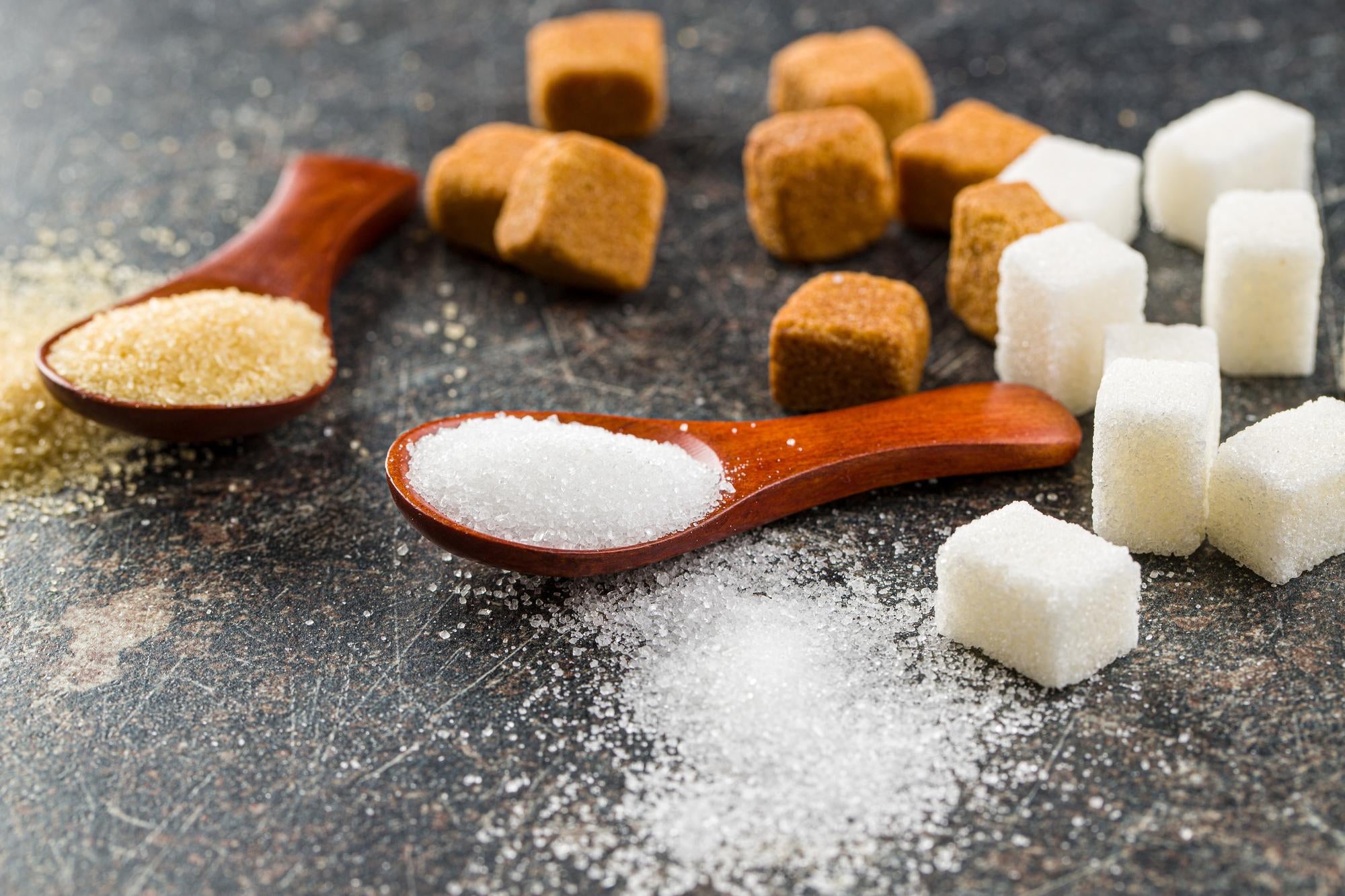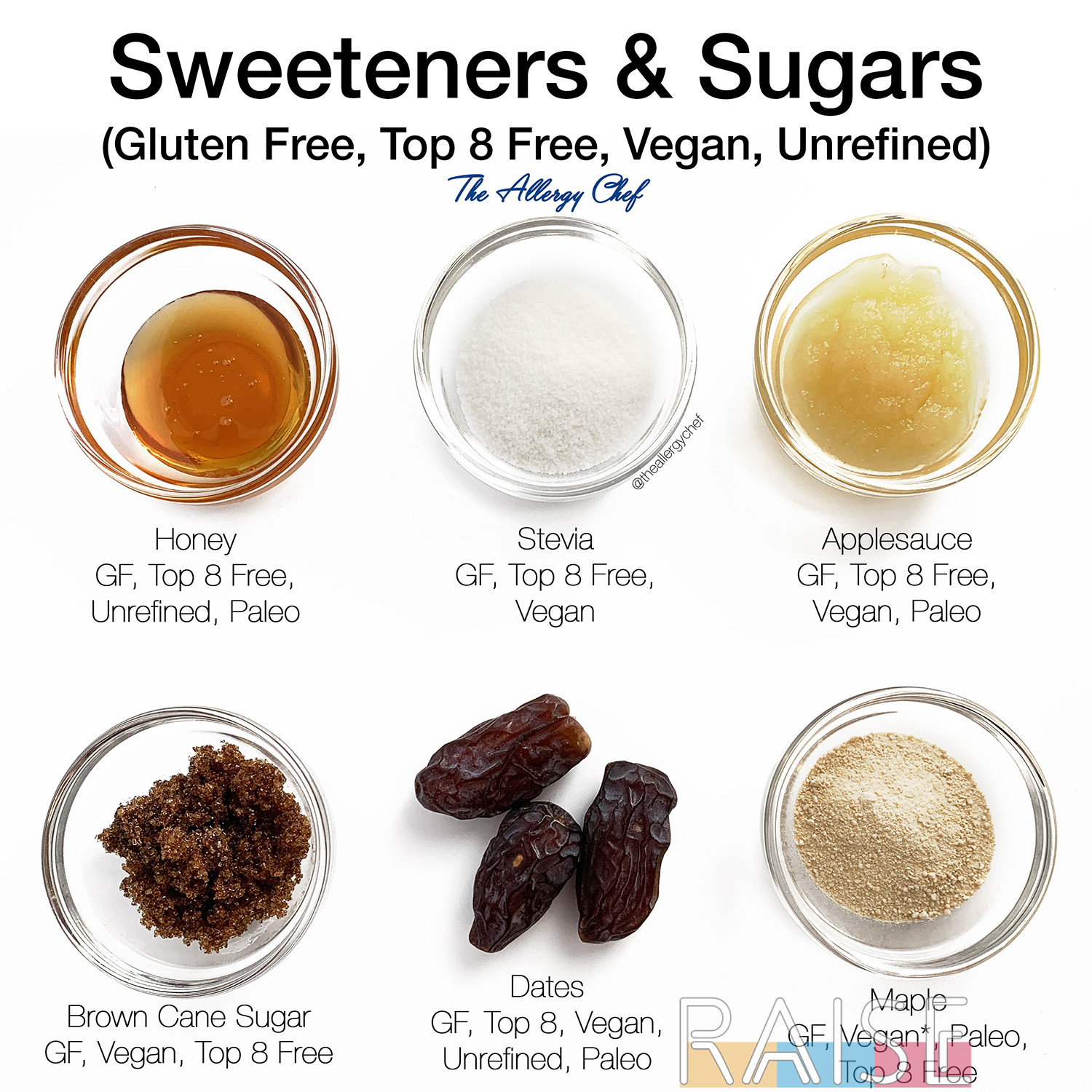Beet Sugar vs Cane: What’s the Difference in Production and Refining?
Beet Sugar vs Cane: What’s the Difference in Production and Refining?
Blog Article
Beet Sugar Vs Walking Cane: Discover the Ideal Option for Your Sweetening Requirements
The choice in between beet sugar and walking cane sugar expands beyond simple sweet taste; it encompasses factors such as taste accounts, manufacturing methods, and nutritional benefits. The earthy undertones of beetroot sugar might not match every dish, whereas walking cane sugar is commonly preferred for its clean preference.
Summary of Beet Sugar
Beetroot sugar, typically stemmed from the sugar beet plant, is frequently made use of as a vital artificial sweetener in various foodstuff. The sugar beetroot, a biennial plant, thrives in warm environments and is primarily grown in regions such as Europe and North America. beet sugar vs cane. The removal process includes slicing the beetroots and drawing out the juice, which is then purified and crystallized to produce granulated sugar
One remarkable quality of beetroot sugar is its chemical structure, which is almost the same to that of cane sugar, as both are composed predominantly of sucrose. This similarity allows beetroot sugar to be utilized reciprocally with walking cane sugar in dishes and food production.
Beetroot sugar is also kept in mind for its versatility in different applications, consisting of baking, beverage solution, and confectionery production. In addition, the beetroot sugar market has actually made strides in sustainable practices, with several producers executing eco-friendly farming methods.

Review of Cane Sugar
Walking cane sugar, stemmed from the sugarcane plant, is one of one of the most widely recognized and utilized sugar around the world. It is primarily made up of sucrose, a disaccharide that offers a wonderful taste account necessary for different culinary applications. Walking stick sugar is generally found in granulated form but is likewise offered as raw sugar, brown sugar, and powdered sugar, each offering distinct purposes in food preparation and baking.
The growing of sugarcane projects in subtropical and tropical regions, contributing to its widespread accessibility. The plant grows in cozy environments, needing ample sunlight and water for ideal growth. Cane sugar is frequently valued for its natural production method and minimal processing, which preserves its flavor and dietary buildings.
In addition to its culinary usages, walking stick sugar plays a considerable role in the food sector, working as a chemical, fermentation substrate, and texturizing representative. Its convenience expands past food, finding applications in beverages, confections, and even cosmetics. With a lengthy background and a strong cultural visibility, walking stick sugar remains to be a favored option for customers looking for an all-natural sweetening option.
Production Processes Compared
When contrasting the production procedures of beetroot sugar and cane sugar, it comes to be clear that each technique shows the special features of its source material. Beet sugar production starts with gathering sugar beets, which are after that washed, cut, and subjected to hot water removal to liquify the sugar.
In contrast, walking cane sugar manufacturing involves harvesting sugarcane stalks, which are squashed to remove juice. This juice is then clarified utilizing warmth and lime, similar to the beet procedure. After clarification, the walking cane juice is evaporated and crystallized. Nonetheless, the cane sugar procedure integrates a much longer milling and pushing phase, which helps in removing maximum juice from the stalks.
Both procedures stress effectiveness, however the methods highlight distinctions in devices and power use. Beet sugar tends to have a more simple processing route, while walking stick sugar production can be a lot more complex because of the coarse nature of the cane stalks. Eventually, these differences form the qualities of the sugars created.
Nutritional Profiles and Benefits
Sugar, a staple in several diet plans, varies in dietary accounts and advantages depending upon its source. Both beetroot sugar and walking stick sugar mostly contain sucrose, providing similar caloric content-- roughly 4 calories per gram. Subtle distinctions can influence customer options and assumptions.
Beet sugar is stemmed from sugar beetroots, which consist of little quantities of nutrients, such as potassium and calcium, however these nutrients are present in minimal quantities when eaten in common amounts. Alternatively, cane sugar, extracted from more tips here sugarcane, might provide comparable trace nutrients, yet the differences are greatly irrelevant and minimal in the context of a balanced diet.
One significant element is the ecological effect of each resource, which can indirectly affect nutritional choices. Beetroot sugar manufacturing is typically viewed as even more lasting because of lower water usage contrasted to walking cane sugar farming. Furthermore, some individuals prefer beetroot sugar because of its non-GMO standing in particular regions, possibly lining up with health-conscious customer fads.

Taste Differences and Uses
Distinctive flavor accounts characterize beetroot sugar and walking cane sugar, affecting their applications in different cooking contexts. Beetroot sugar has a somewhat earthy taste, which can be connected to the soil in which the beets are expanded.
In useful terms, beetroot sugar and walking stick sugar can usually be used reciprocally in most recipes. Pastry chefs and culinary professionals frequently lean towards cane sugar for its premium capacity to caramelize, which is important in developing complex more tips here taste accounts in sauces and confections. In addition, walking cane sugar is favored in beverages, as its flavor liquifies flawlessly, preserving the integrity of the beverage.
Inevitably, the option in between beet and cane sugar might come down to personal preference and the details requirements of the dish, with each kind offering one-of-a-kind features that can boost the culinary experience.
Conclusion
In summary, the selection in between beetroot sugar and walking stick sugar depends upon details culinary applications and personal wellness considerations. While beetroot sugar presents a somewhat earthy taste and sustainable production advantages, walking stick sugar's cleaner sweet taste is often liked in cooking and fragile meals. Assessing the manufacturing processes, nutritional accounts, and flavor differences can direct consumers in choosing the most suitable sugar for their demands, ensuring both taste complete satisfaction and placement with dietary choices.
Beet sugar, commonly obtained from the sugar beet plant, is often utilized as a key sweetening agent in numerous food items. Walking cane sugar is typically found in granulated kind but is likewise offered as raw sugar, brownish sugar, and powdered sugar, each offering unique objectives in food preparation and baking.
When contrasting the production processes of beetroot sugar and see this site walking stick sugar, it ends up being clear that each approach mirrors the unique features of its resource material. Beetroot sugar production begins with gathering sugar beets, which are after that cleaned, cut, and subjected to hot water extraction to liquify the sugar. Beet sugar has a tendency to have a much more simple handling route, while cane sugar manufacturing can be more intricate due to the coarse nature of the walking stick stalks.
Report this page